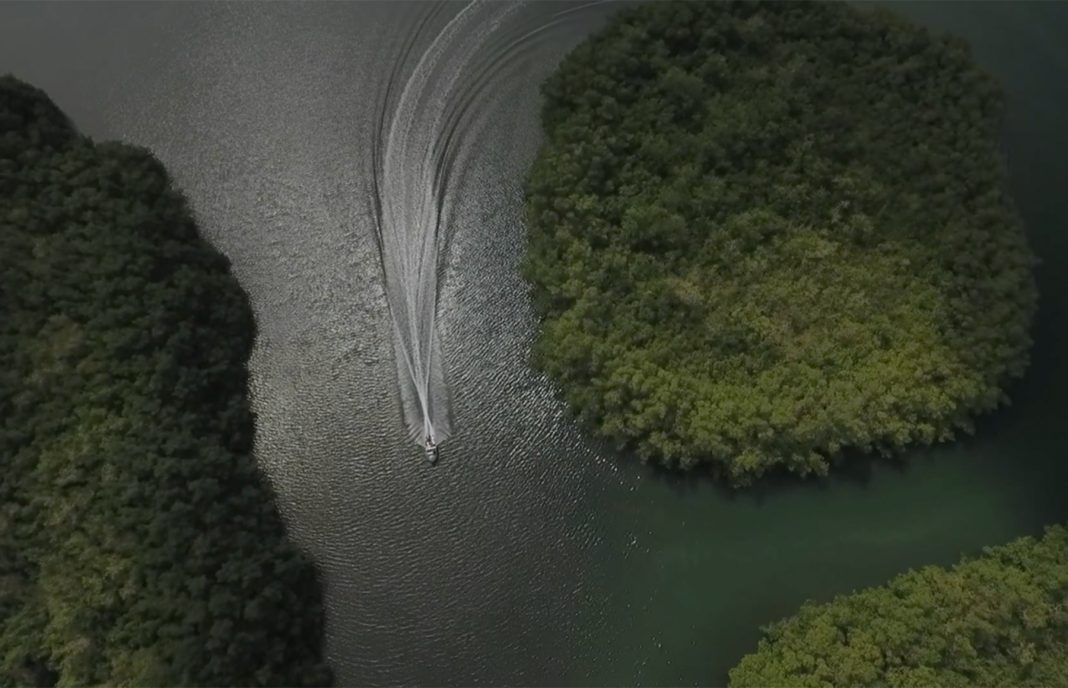Researchers at Lawrence Berkeley National Laboratory, or Berkeley Laboratory, have discovered giant bacteria in Guadeloupe’s marine systems, which are remarkably unusual because they can be seen with the naked eye.
According to a Berkeley Lab press release, the study was conducted in collaboration with the University of the Antilles in Guadeloupe, the Laboratory for Research in Complex Systems and the US Department of Energy’s Joint Genome Institute, or JGI, a Office of Science user facility located in Berkeley. laboratory.
JGI scientist Jean-Marie Volland said in a press release that the bacteria are “vermicelli-like” in appearance and are 5,000 times larger than most bacteria.
“To put it in context, it would be like meeting another human being the length of Mount Everest,” Foland said in a press release.
Volland added that the bacteria had become even more exotic because of their structure. According to Voland, DNA usually floats within the cytoplasm of most bacteria cells. In giant bacteria, the DNA is contained in a membrane-covered structure – which the scientists called “pipin” – which Volland described as “unexpected”.
Voland said researchers first discovered the bacteria in 2009 when they noticed fine filaments in the waters of mangrove ecosystems. Voland added that the threads were confirmed to be bacteria after microscopic observation.
Silvina Gonzalez-Rizzo, the study’s first co-author and associate professor of molecular biology at the University of Antilles, named the bacteria Ca. Thiomargarita magnifica, according to the press release.
“Magnifica is because Magnus in Latin means ‘big’ and I think (bacteria) is as wonderful as the French word magnifique,” Gonzalez-Rizzo said in the press release. “This kind of discovery opens new questions about bacterial morphologies that have not been studied before.”
Gonzalez-Rizzo used rRNA genetic sequencing to identify and classify bacteria, according to the press release.
As for what the presence of these bacteria means for the larger mangrove ecosystem, researchers are still not sure, Foland said.
“They’re among the good microbes that help pump carbon dioxide out of the atmosphere,” Foland said. “We haven’t determined its contribution to the larger carbon cycle or the sulfur cycle.”
Voland also said the discovery of bacteria and any further research being done on them could answer “big questions” in biology about life and evolution.
He added that one aspect of future research might look at how bacteria evolve toward adopting larger, more segmented structures.
“We’re pushing a little bit the concept of what a bacterial cell might be,” Foland said. “Maybe we will use that in the future to try to understand how complex life evolved.”
Kavya Gupta and Amber X. Chen contributed to this story.
Contact Kavya Gupta and Amber X. Chen at [email protected].

“Wannabe internet buff. Future teen idol. Hardcore zombie guru. Gamer. Avid creator. Entrepreneur. Bacon ninja.”




